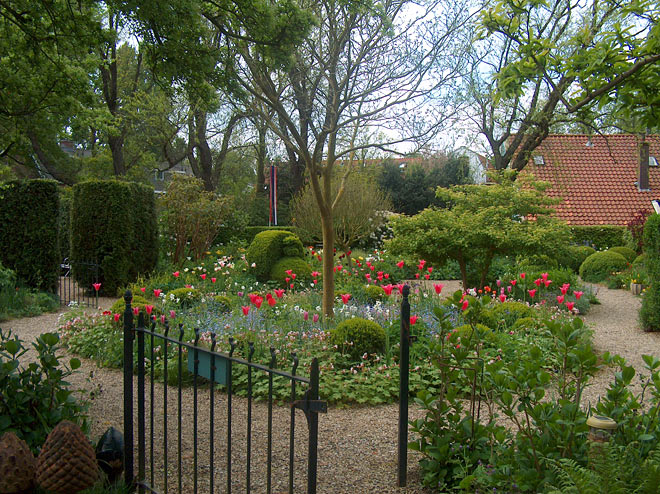
Will Tulips Return Every Year?

Tulips can be planted for perennializing. While they typically return, even with proper steps this is never guaranteed. Climate is the biggest factor - Tulips originated in regions with cold winters and warm, dry summers. In warmer climates where the winters are mild, it can be very difficult to to drive recurring growth year after year (known as perennialization), although in more Moderate Climates the following steps often help:
- Plant the bulbs extra deep (15 - 20 cm / 6 - 8 inch) in a well-drained and sunny location.
- Water well after planting so that the rooting starts immediately.
- Apply extra mulch in order to protect against extreme cold.
- Fertilize with organic fertilizer as soon as the tips of the bulbs appear in Spring.
- At the end of the flower period, when the petals no longer close at night, remove the flower head (leaving the stem as long as possible).
- Allow the leaves and stem to die down after the flowering period (do not cut the stem or leaves!) in order to provide nutrients for the next round of growth.
For those in less suitable environments, the only way to drive perennial growth is to create these conditions artificially. Many gardeners in these locations choose to simply discard their bulbs after each season, seeing it not as a burden but as a reason to try out something new the following year.
For those who strongly desire repeat growth year after year in Difficult Climates, the following steps are necessary:
- Approximately three weeks after bloom, cut the flower short. This will allow the energy collected from the sun to go into strengthening the bulb (as opposed to flower).
- Six to eight weeks later, dig the bulbs out of the ground and store in a chilled environment (40 to 45 degrees Fahrenheit), replicating the cool, dark conditions that the bulbs would have in their preferred climate.
- Eight to ten weeks later the bulbs will ready for re-planting. Use judgment on whether the outdoor temperatures are suitable.

